Augusta County, VA 11/29/12
All photos are © Marshall Faintich
One of the neat aspects of birding is that you never know what to expect on any given outing. Walt Childs and I decided to explore some areas in Augusta County that started out interesting, slowed during the middle of the day, and then got downright exciting!
Our first stop was at Coyner Springs Park in Waynesboro. It was sunny and cold, and there was still some ice where puddles had frozen. It was fairly quiet there, but we saw our first of two Red-shouldered Hawks for the day. This hawk was less interested in us and more interested in keeping his eyes in the shadow of a tree branch so he could catch some more sleep before heading out as the sun began to warm things up.
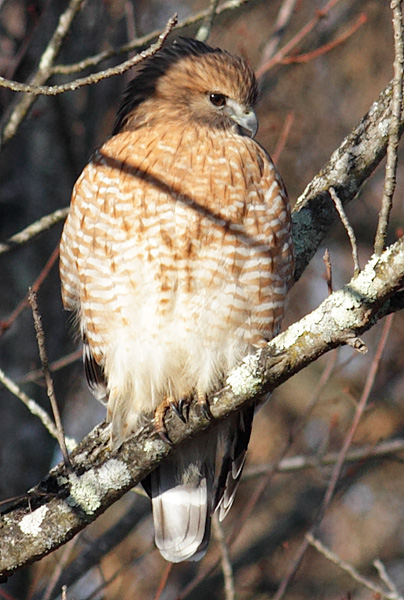
Red-shouldered Hawk
| | |
We headed over to the central part of Waynesboro, and saw our first of 14 Red-tailed Hawks for the day as we crossed over I-64.
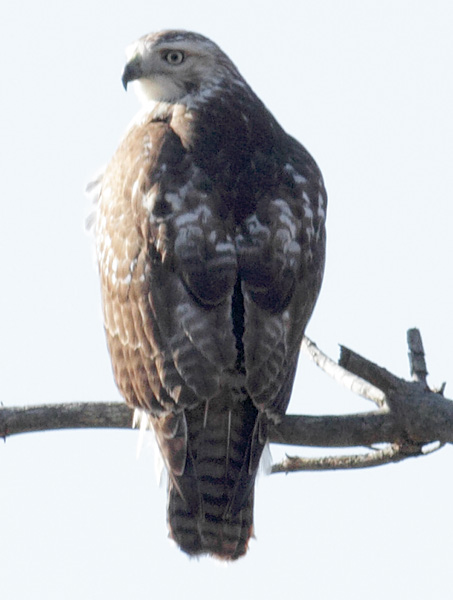
Red-tailed Hawk
In the center of Waynesboro we stopped at a few ponds and walked along the new river trail. We saw a fair number of common species, a Belted Kingfisher, and much to my amazement, a Black-crowned Night-Heron. On our way to route 340, we saw another Red-shouldered Hawk.
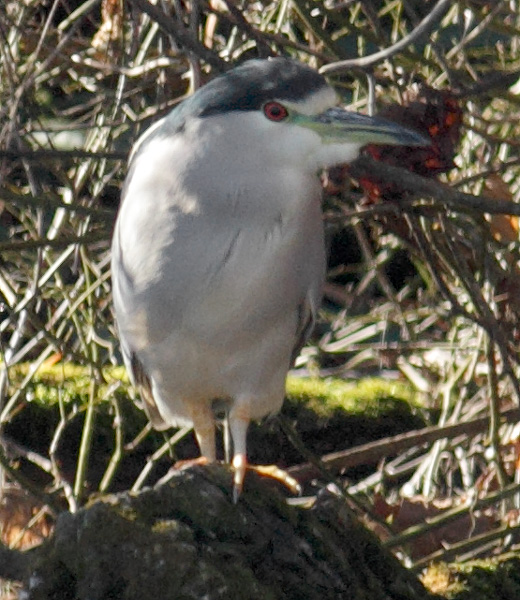
Black-crowned Night-Heron
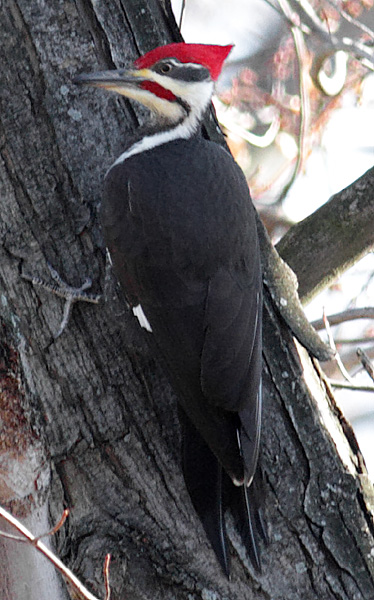
Pileated Woodpecker
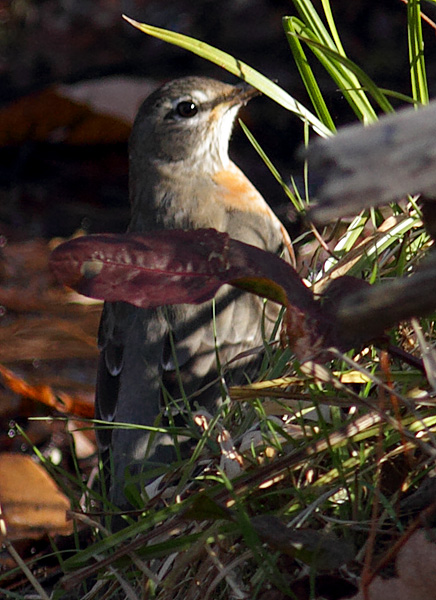
American Robin
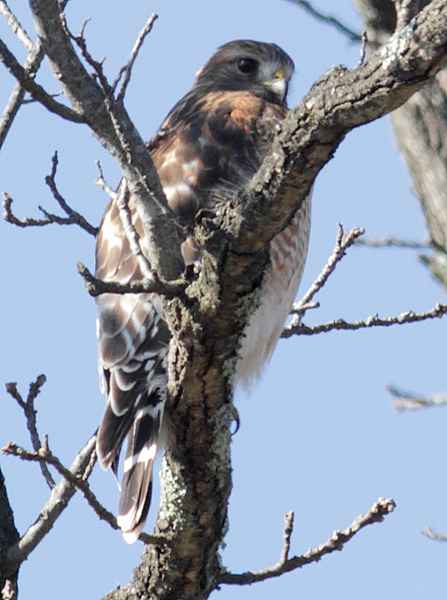
Red-shouldered Hawk
We stopped for a quick lunch and then headed to Stuart's Draft to look for the elusive Rough-legged Hawk and adult male Northern Harrier that have been see along Hall School Road. We didn't see these birds, but saw Alan Larner there. The three of us drove in two cars to the water sewage plant, along Guthrie Road, and along a few other country roads in that area, but all we saw were a few common birds including Red-tailed Hawks, an American Kestrel (the first of four for the day), and a few White-crowned Sparrows. We already had a pretty good list of about 30 species for the day, but decided to try the Swoope area and its rolling hills of pasture.
As soon as we got there, Walt and I saw a juvenile male Northern Harrier (the first of nine harriers for the afternoon). Things were moving so quickly there that I didn't know whether it was a male or a female juvenile until I processed the photos.
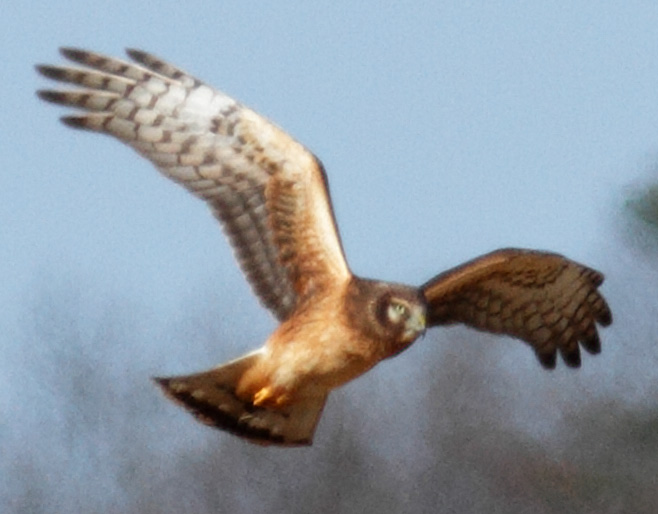
Juvenile male Northern Harrier
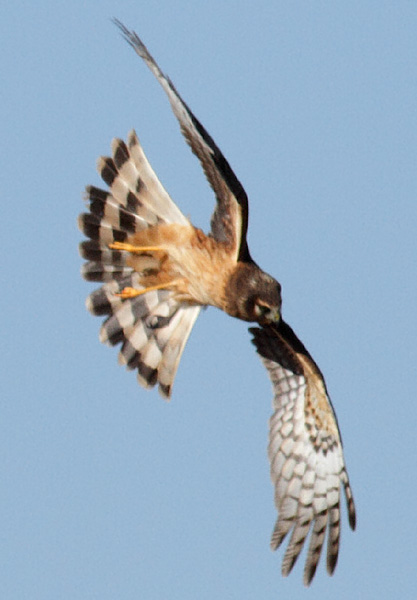
Juvenile male Northern Harrier
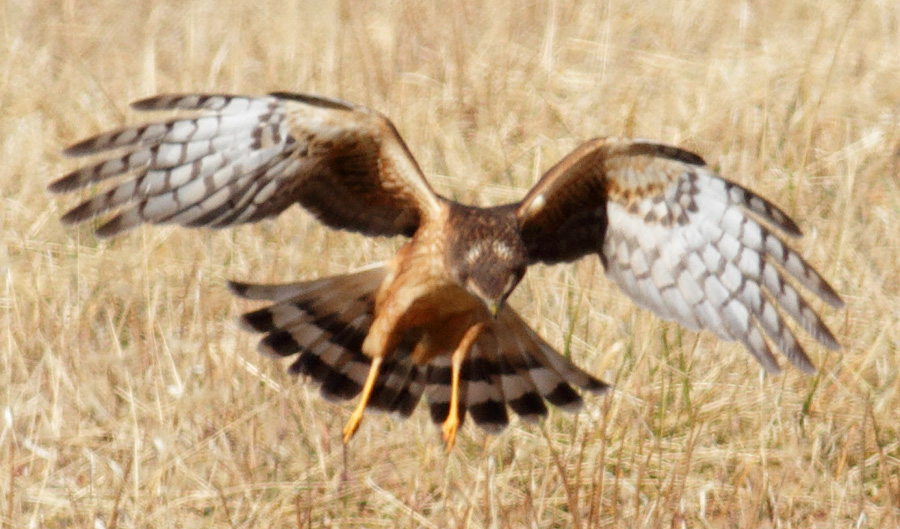
Juvenile male Northern Harrier
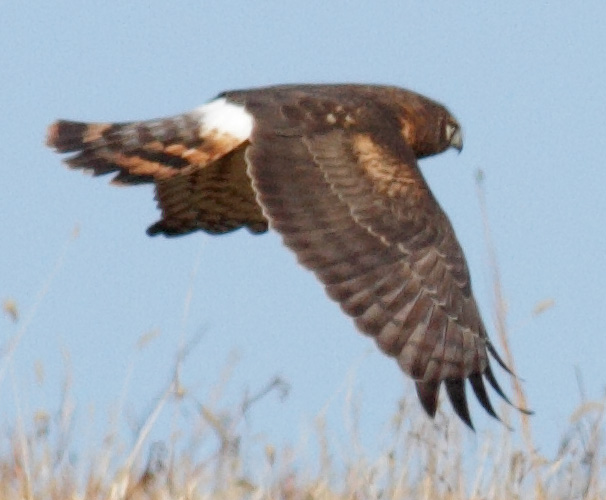
Juvenile male Northern Harrier
Alan told us that he had seen a Bald Eagle nest in the area, and we stopped to take a look at it. We then headed over to some private property where we had permission to enter. On this property there was a very large pond. Near the far end of the pond, a beaver had built a dam, and there was a shallow pool on the other side of the dam. Perched in a tree near the beaver dam, we saw a pair of Bald Eagles, and one of them flew away after spotting us. (Walt and I saw the pair of Eagles in another tree later in the afternoon.)
I decided to try to get closer to the remaining Bald Eagle that was still perched, but as I got within 100 feet or so, it took off.
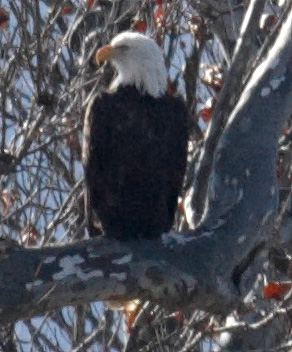
Bald Eagle
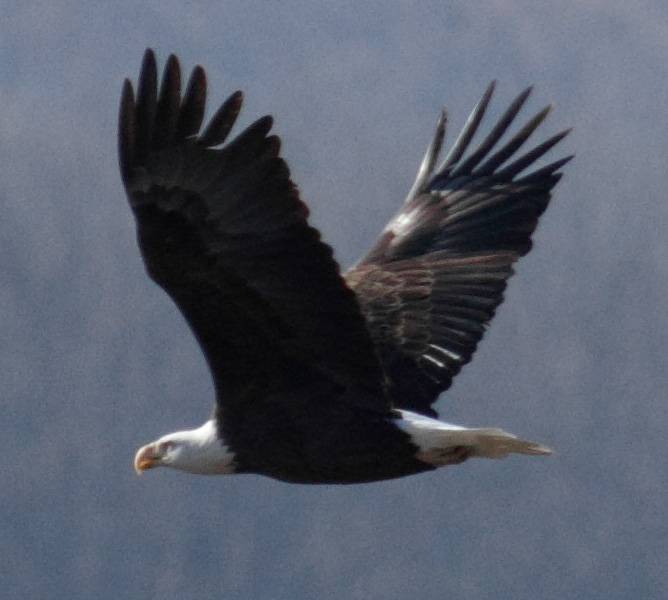
Bald Eagle
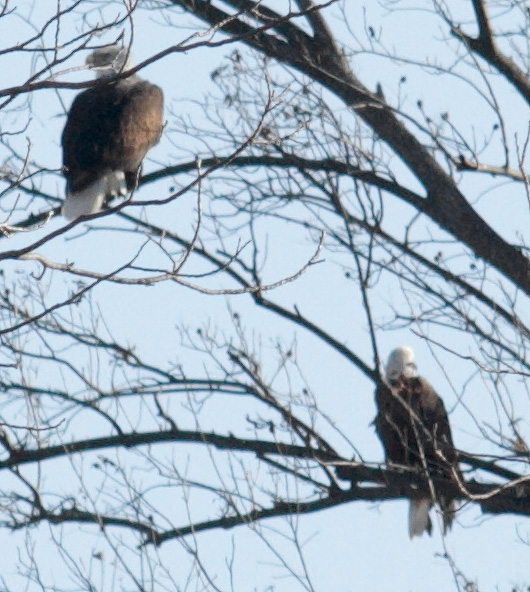
Bald Eagles (later)
However, I was glad that I walked down to the beaver dam. In that area of the pond, we saw Song and Swamp Sparrows, a Green-winged Teal, a flock of Killdeers, a Belted Kingfisher, and a Wilson's Snipe. The Wilson's Snipe plumage made for great camouflage with the surrounding grasses, and I doubt that I would have seen it, if it's white belly hadn't been reflected in the pond.
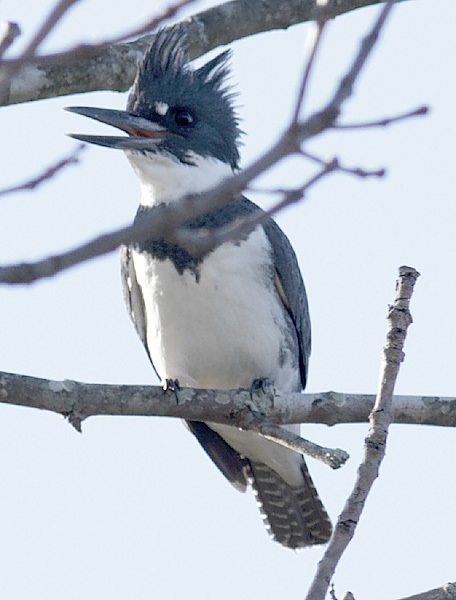
Belted Kingfisher
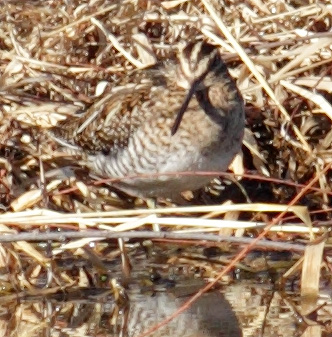
Wilson's Snipe
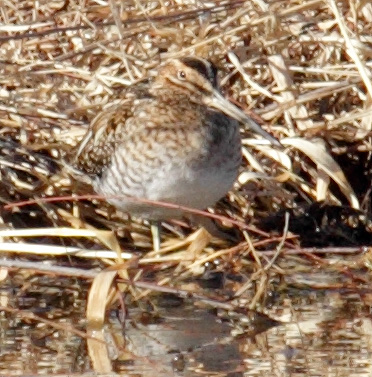
Wilson's Snipe
When we started back to the cars, Walt noticed what he thought was an active woodpecker hole in a tree, but Alan looked in and saw honeycombs! It was a bee's nest.
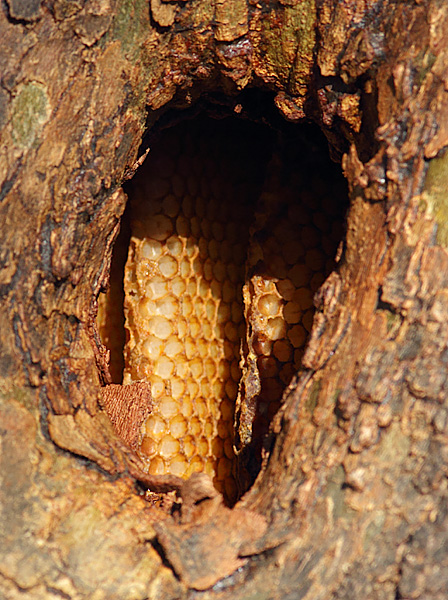
Bee's nest
As we got to our cars, an adult female Northern Harrier flew by.
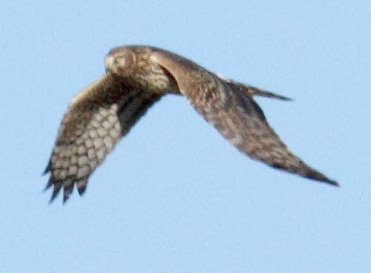
Adult female Northern Harrier
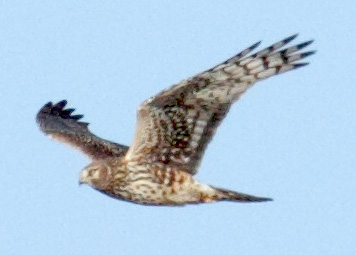
Adult female Northern Harrier
Now the trip was really getting exciting. We never knew what to expect as we turned a corner or went over a hill. There were more Northern Harriers and Red-tailed Hawks.
We pulled over when I saw a female American Kestrel flying quickly and making a lot of noise.
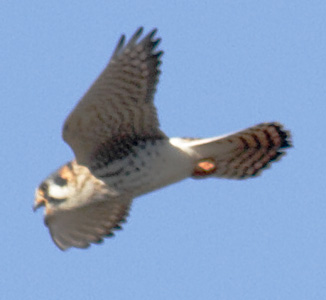
Female American Kestrel
| | |
The Kestrel landed at the top of a tree, looked around and then took off. It was in a hurry to get somewhere.
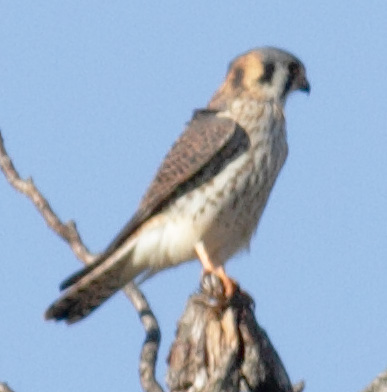
Female American Kestrel
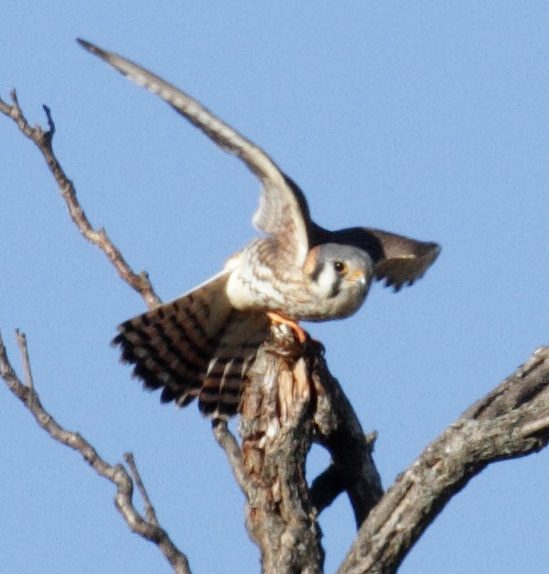
Female American Kestrel
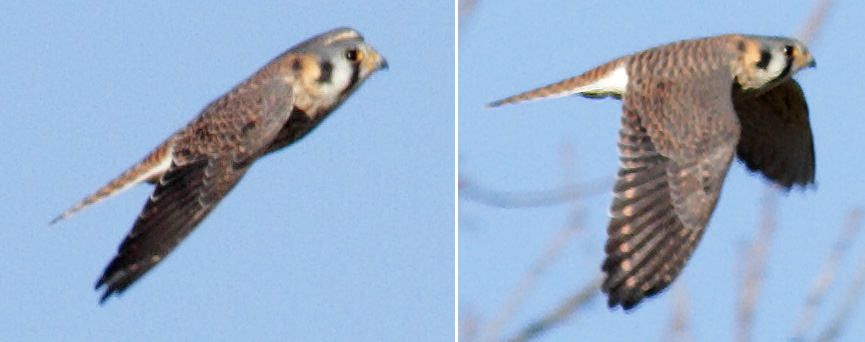
Female American Kestrel
And then I saw it go after an adult Cooper's Hawk. This is the third time I have seen a Kestrel take on a hawk, and all three times it was a Cooper's. At one point the Cooper's Hawk rolled over onto its back in a defensive move, and then turned over again. Both the Hawk and Kestrel headed over a hill crest, and we did not see them again.
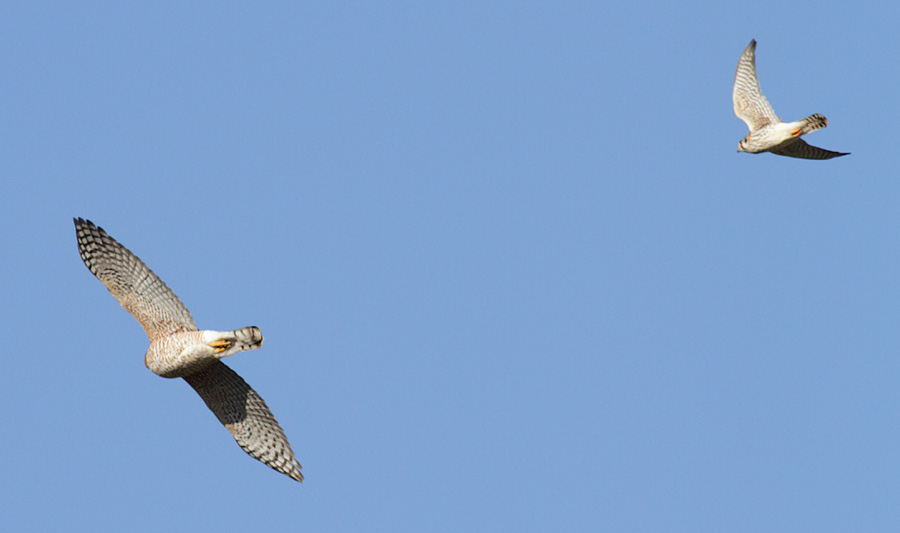
American Kestrel and Cooper's Hawk
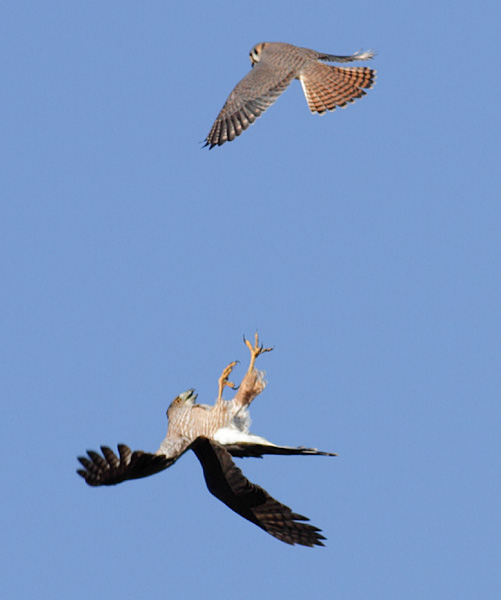
American Kestrel and Cooper's Hawk
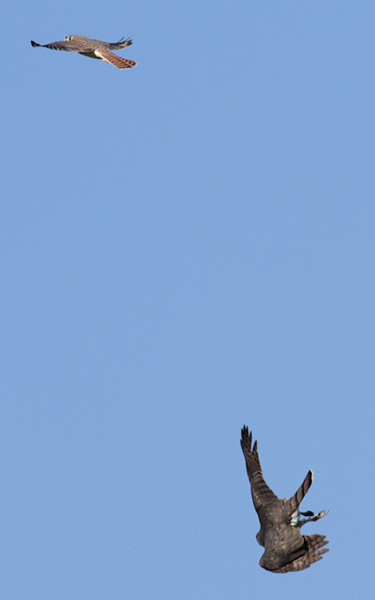
American Kestrel and Cooper's Hawk
We got back into the car, and this is when we saw the two Bald Eagles for the second time. We were going to drive closer to the pair, but we stopped the car after a few feet when another juvenile male Northern Harrier almost flew into us and was hunting in the field next to the car. This time I got some good looks at it. All of the juvenile male field marks were there. Its back was starting to turn gray in places with dark wing-tips, and there were two grayish-white spots on its crown as its head was getting adult feathers. It had yellow eyes (juvenile females have brown eyes), and its belly was starting to turn white. I still haven't seen an adult male Northern Harrier, a "Gray Ghost," but I am getting closer!
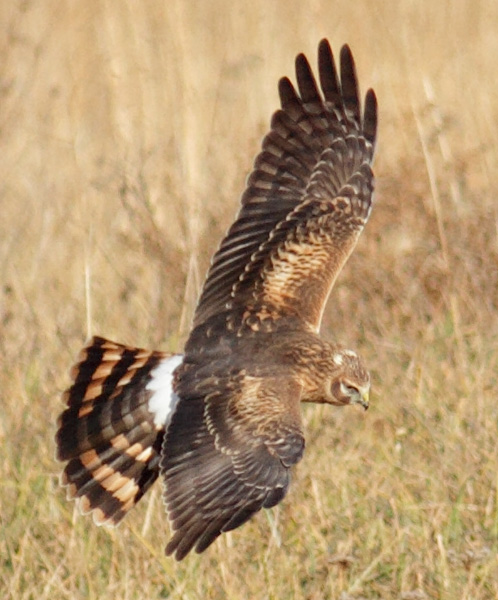
Juvenile male Northern Harrier
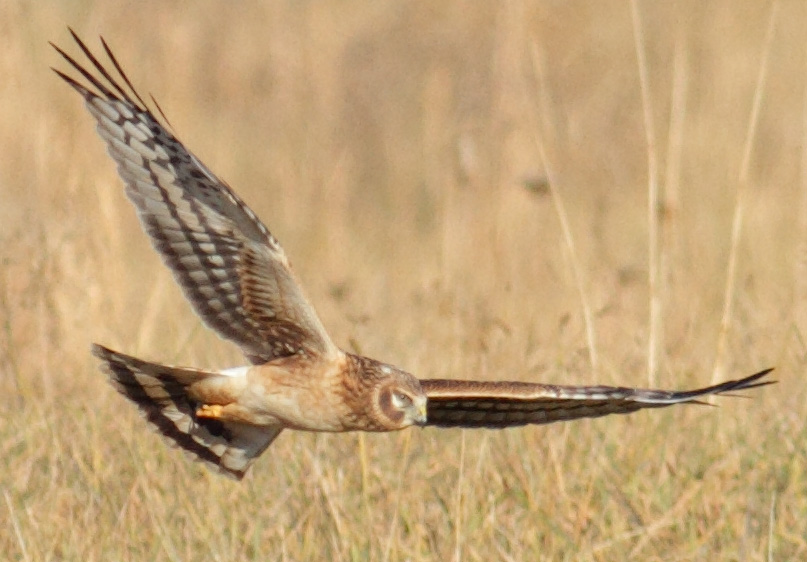
Juvenile male Northern Harrier
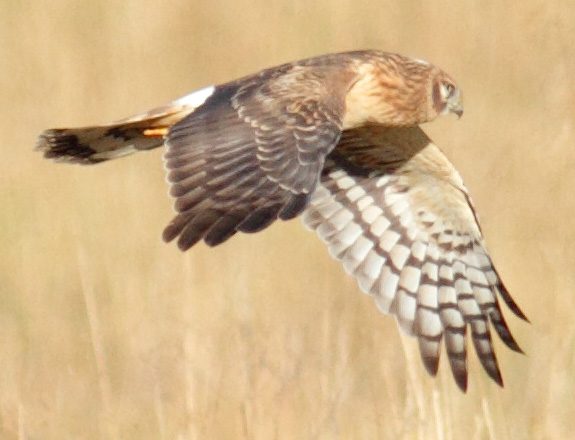
Juvenile male Northern Harrier
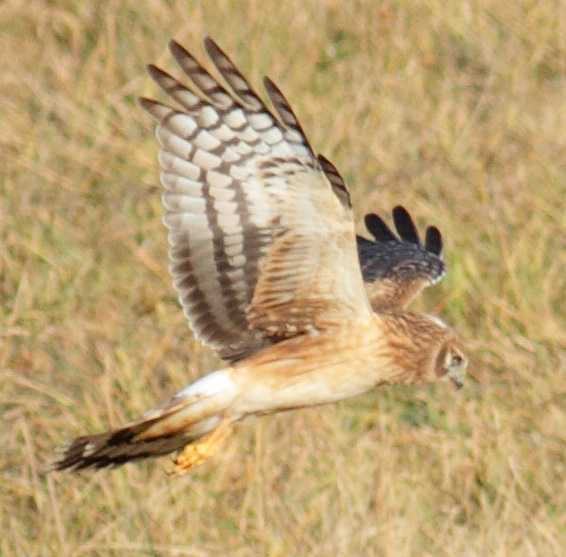
Juvenile male Northern Harrier
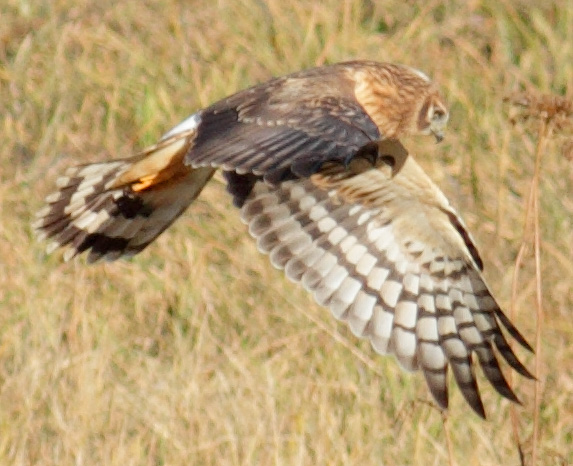
Juvenile male Northern Harrier
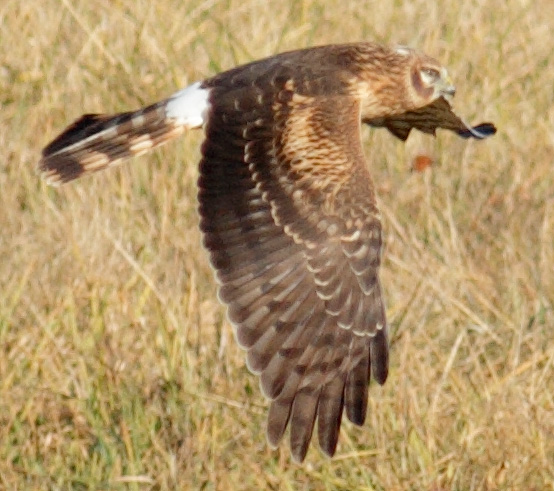
Juvenile male Northern Harrier
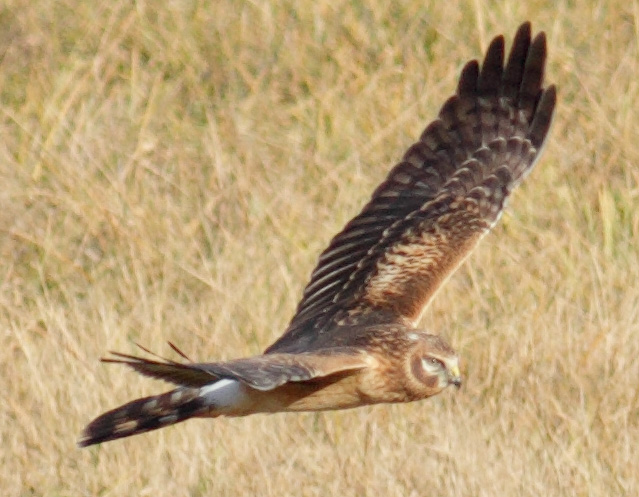
Juvenile male Northern Harrier
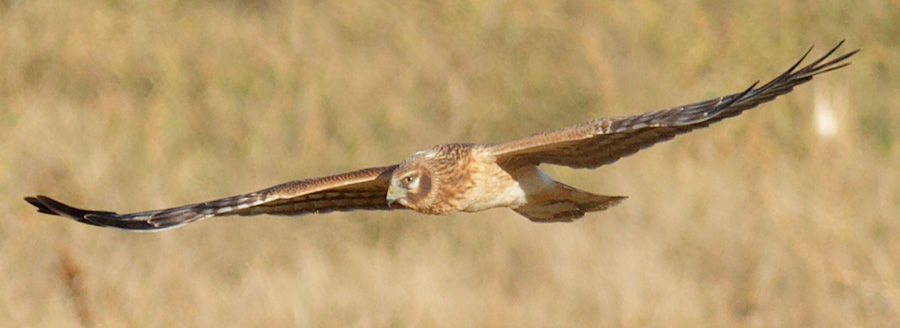
Juvenile male Northern Harrier
It was getting later in the afternoon, and we wanted to try Stuart's Draft again. We didn't see the Rough-legged Hawk or male Northern Harrier there, but we did see three more Red-tailed Hawks and a juvenile Northern Harrier in the setting sun. As we drove home, we saw our 41st species for the day, a Great Blue Heron in a pond along the Augusta/Neslon County border. What a day!
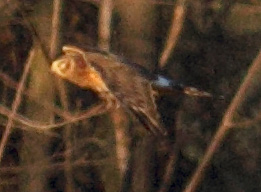
Juvenile Northern Harrier
Today's list (41 species):
Pied-billed Grebe
Great Blue Heron
Black-crowned Night-Heron
Canada Goose
Green-winged Teal
Bald Eagle
Northern Harrier
Red-shouldered Hawk
Red-tailed Hawk
American Kestrel
Cooper's Hawk
Turkey Vulture
Killdeer
Wilson's Snipe
Rock Pigeon
Mourning Dove
Belted Kingfisher
Pileated Woodpecker
Downy Woodpecker
Red-bellied Woodpecker
Yellow-bellied Sapsucker
Blue Jay
American Crow
Fish Crow
Carolina Chickadee
Tufted Titmouse
Carolina Wren
American Robin
Eastern Bluebird
Northern Mockingbird
Northern Cardinal
Song Sparrow
Swamp Sparrow
White-throated Sparrow
White-crowned Sparrow
Dark-eyed Junco
Eastern Meadowlark
Starling
House Finch
Purple Finch
American Goldfinch
| | | |
E-mail comments on this report
Return to blog page home


































